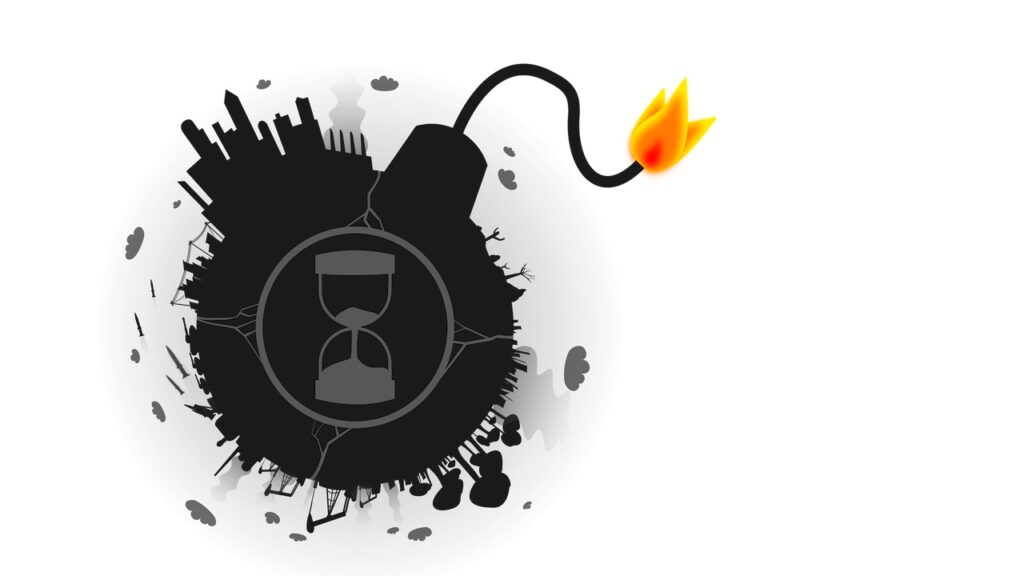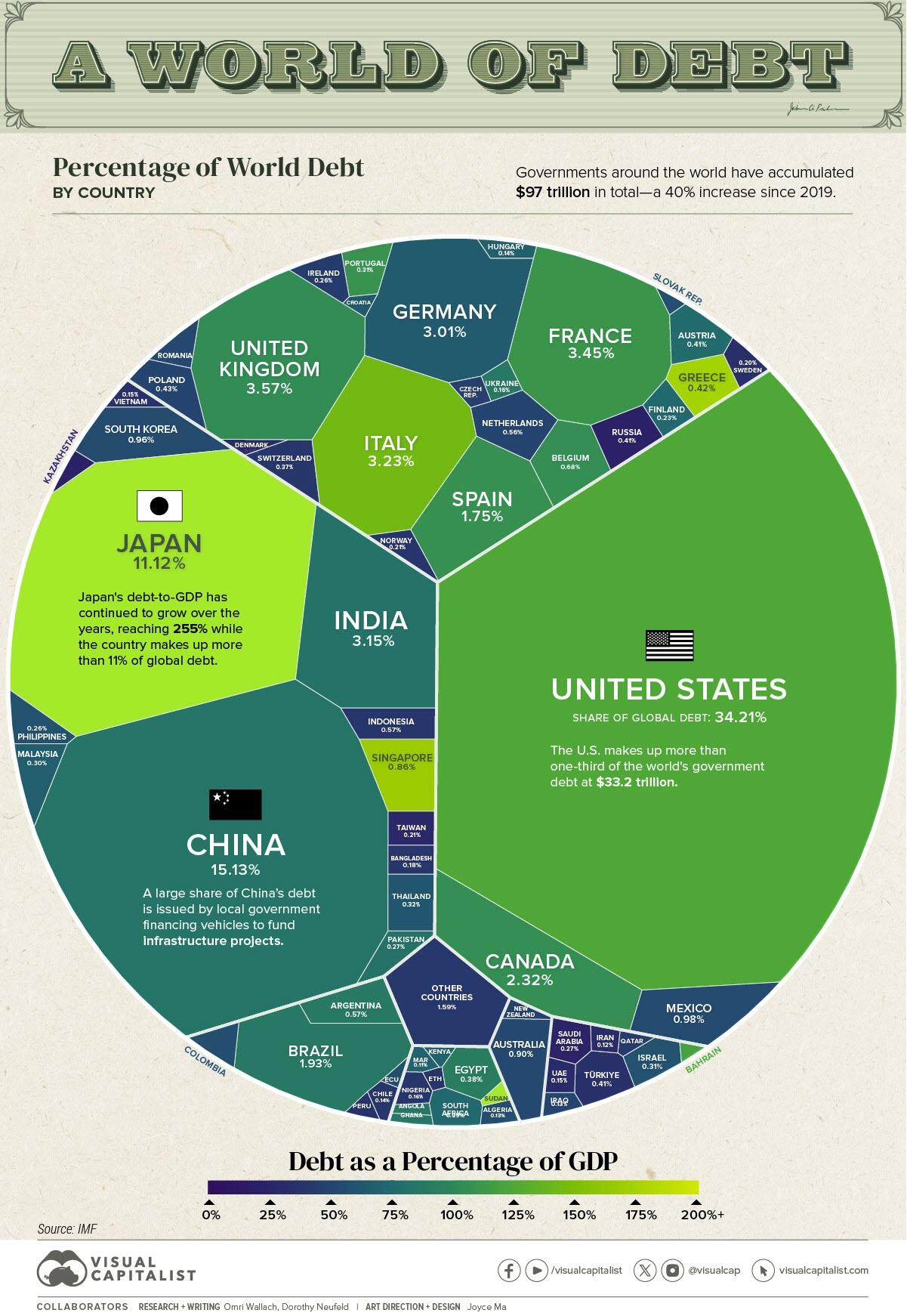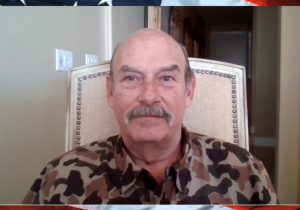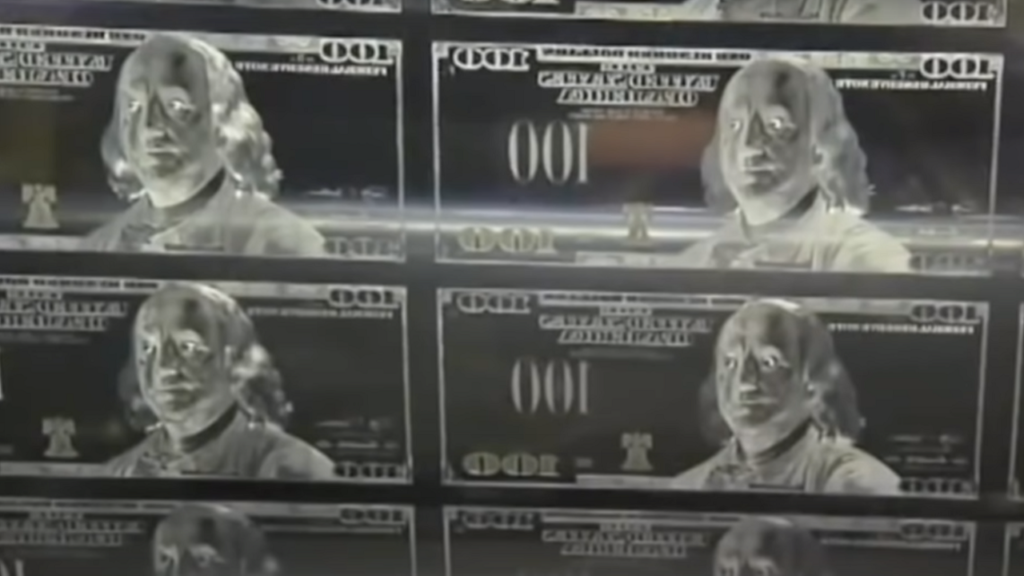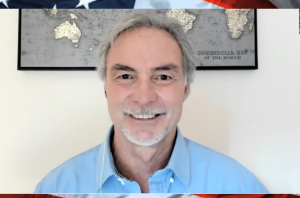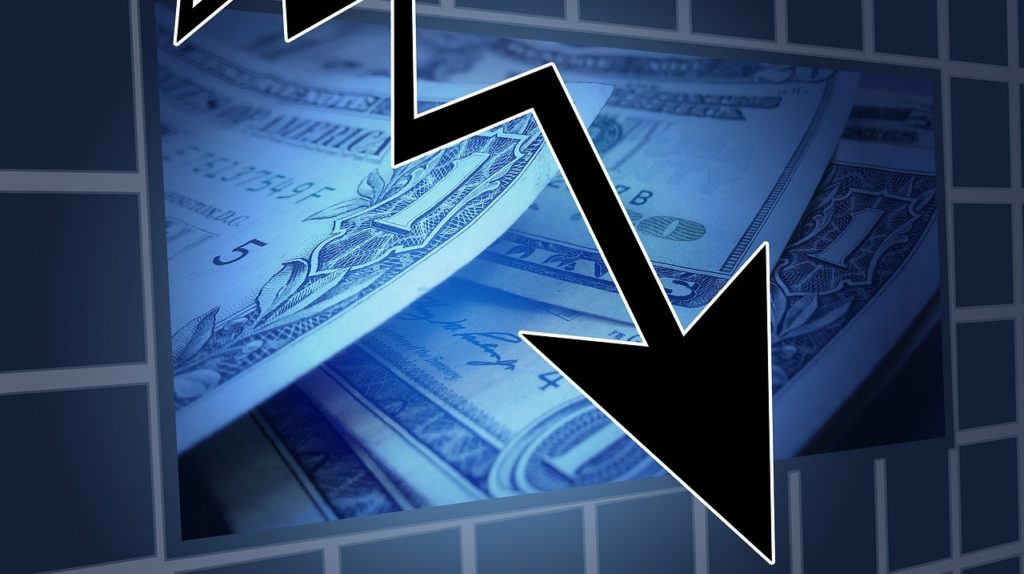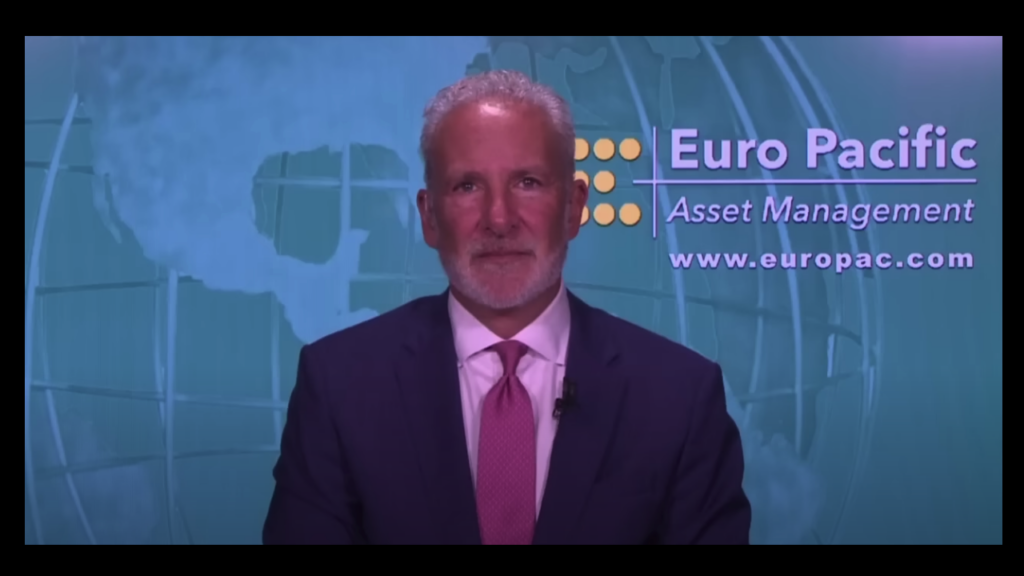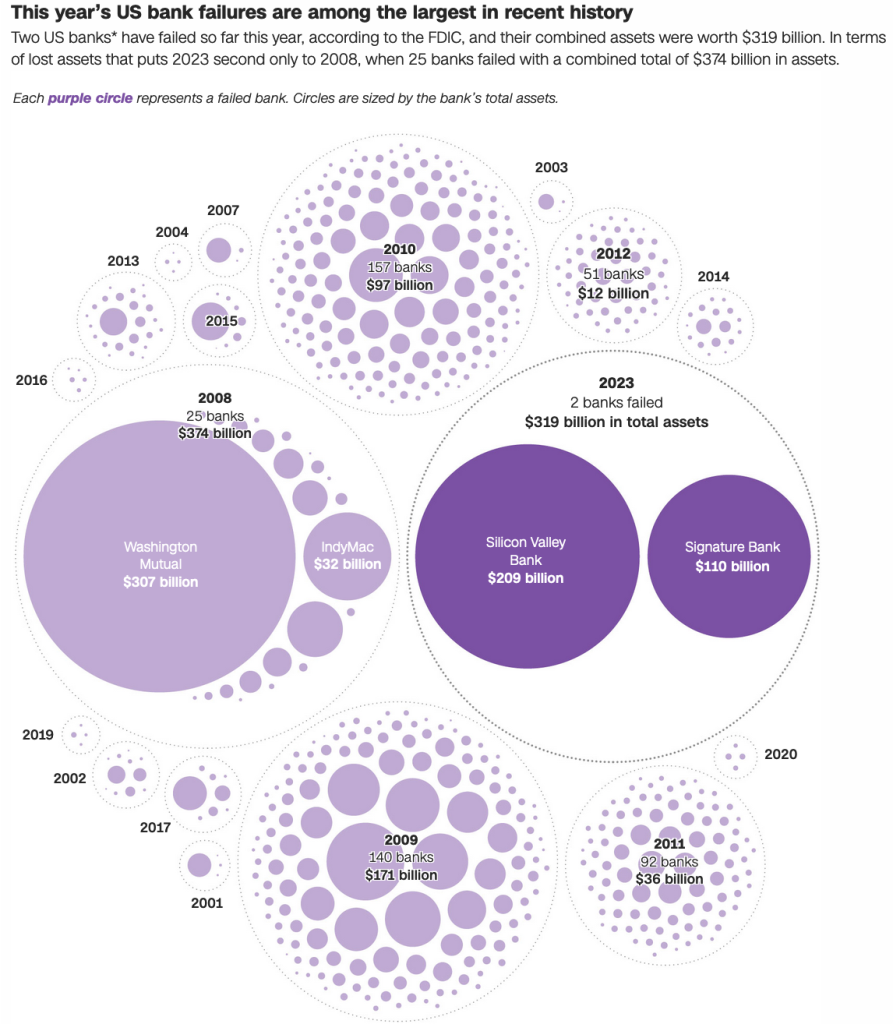“Interest on the federal debt is now so immense that it’s consuming 40% of all personal income taxes… If federal finances continue on their current path, we are only a few years from the entirety of income taxes being needed to finance the debt…”
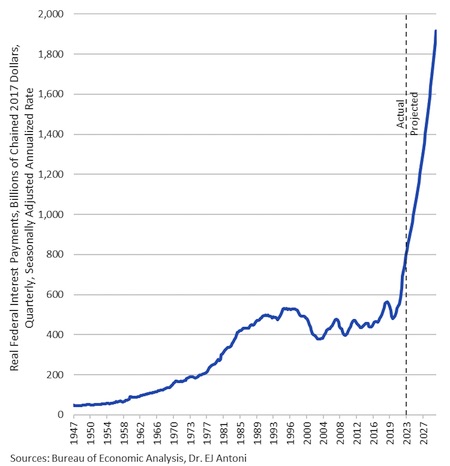
The government collects $2.6 trillion of individual taxes at the point of a gun and threat of prison. Meanwhile they still operate at an annual deficit of $2 trillion. And this is before interest on the national debt starts to really skyrocket. Our Troll Secretary of the Treasury Yellen had the opportunity to lock in trillions of our national debt for 30 years at 2% rates, but purposely kept rolling it on a short-term basis.
Interest on the debt will surpass $1 trillion annually within the next year, and, as you can see, will be approaching $2 trillion per year in a few more years. The government already spends every dime of the taxes they collect. That means they are already printing more fiat and borrowing from the rest of the world in order to pay the interest on the debt they already have.
Foreign countries, in particular China and India, are not only not buying any new US Treasuries, but unloading the Treasuries they already have. With the BRICS purposefully moving away from the USD for their trade, it’s only a matter of time until our mountain of debt crashes down in an epic avalanche upon the unsuspecting American public. The writing is on the wall, and if you refuse to read it, you will be shocked and devastated when you see your supposed paper wealth evaporate.
Now you know why Biden and his handlers are attempting to provoke wars across the globe against those countries who they realize are engineering the demise of the USD as the basis for world domination and control. We have evil men ruling our nation and they would rather burn it all to the ground than lose their wealth, power and control.



